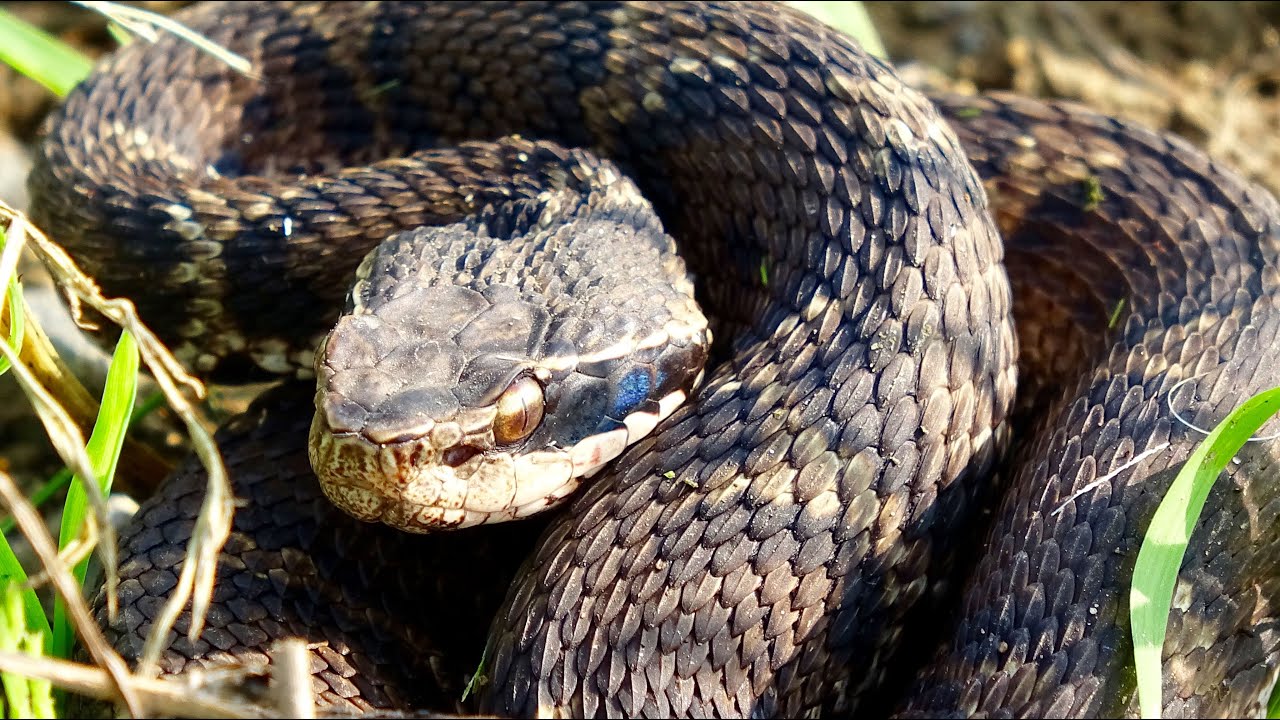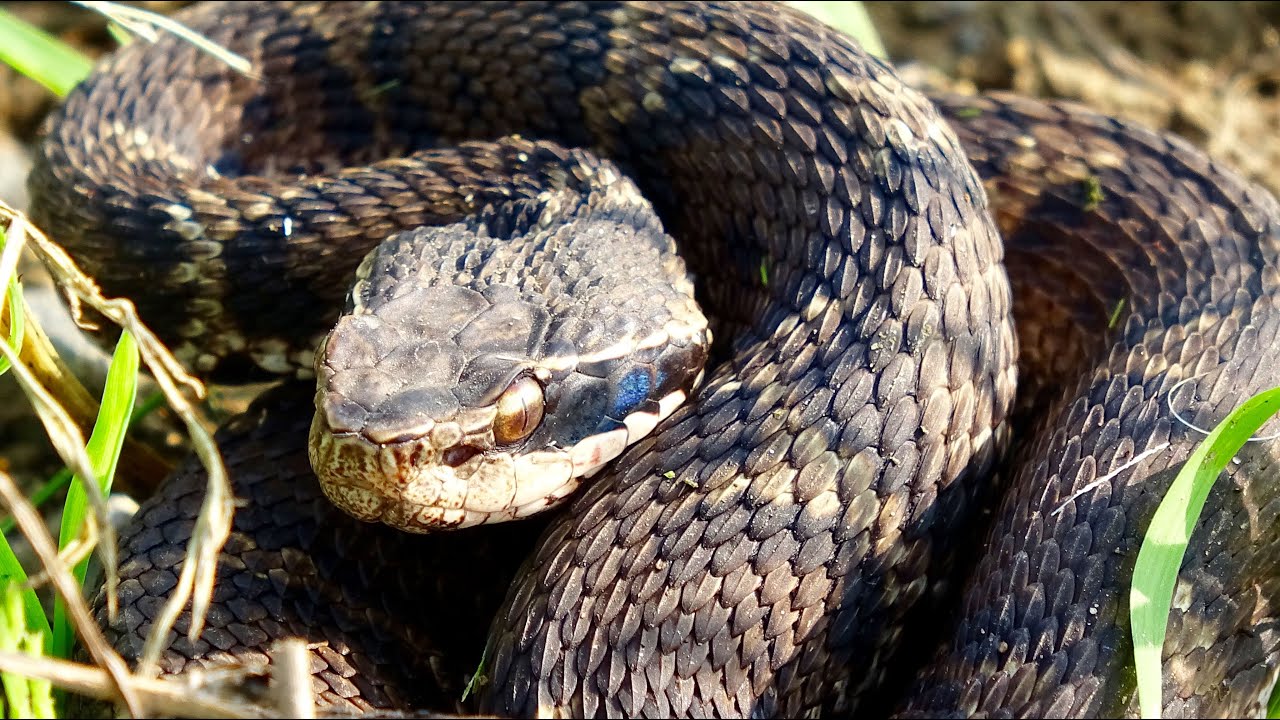Mamushi meaning – Delving into the enigmatic world of the mamushi, Japan’s venomous serpent, we uncover its rich cultural and medicinal significance, tracing its historical origins and exploring its unique characteristics.
This slithering creature has left an enduring mark on Japanese folklore, art, and literature, while its venom has been traditionally harnessed for its purported healing properties. Modern science continues to unravel the medicinal mysteries of mamushi venom, revealing its potential therapeutic applications.
Etymology and Origins of “Mamushi”: Mamushi Meaning

The term “mamushi” has a rich history and cultural significance in Japan. Its origins can be traced back to ancient times, with the earliest known written record of the word appearing in the “Kojiki,” the oldest extant Japanese chronicle, compiled in the 8th century.
In the “Kojiki,” mamushi is mentioned as a venomous snake that was feared by the ancient Japanese.Over time, the term “mamushi” became synonymous with the Japanese pit viper, a highly venomous snake found throughout the country. The name “mamushi” is thought to be derived from the Japanese words “mamu,” meaning “to swell,” and “shi,” meaning “snake.” This name likely refers to the snake’s distinctive, swollen appearance when it is threatened or preparing to strike.
Characteristics and Biology of the Mamushi Snake
The mamushi snake, scientifically classified as Gloydius blomhoffii, is a venomous pit viper species native to Japan and other parts of East Asia. It is characterized by its distinctive physical appearance and venomous nature.
Physical Appearance and Distinctive Features, Mamushi meaning
Mamushi snakes typically have a stocky build with a triangular-shaped head and a thick body. Their average length ranges from 50 to 80 centimeters, with some individuals reaching up to 1 meter. The dorsal side of the mamushi is covered in brown or olive-green scales, often with a series of dark brown or black blotches or stripes running down the length of the body.
These blotches are often edged with a lighter color, creating a distinctive pattern.
Habitat, Diet, and Behavior
Mamushi snakes are found in a variety of habitats, including forests, grasslands, and rocky areas. They are primarily nocturnal, spending the day hidden under rocks or in burrows. Mamushi snakes are ambush predators, lying in wait for prey to pass by before striking with their venomous fangs.
Their diet consists mainly of small rodents, frogs, and birds.
Venomous Nature
Mamushi snakes are venomous, with a potent venom that can cause severe pain, swelling, and tissue damage. The venom is primarily hemotoxic, meaning it affects the blood and circulatory system. Bites from mamushi snakes can be fatal if not treated promptly with antivenom.
Distribution and Population
Mamushi snakes are found throughout Japan, as well as in parts of Korea, China, and Russia. The population of mamushi snakes varies depending on the region, with some areas having higher densities than others. In Japan, mamushi snakes are considered a common species and can be found in both urban and rural areas.
Cultural and Medicinal Significance of Mamushi
The mamushi holds a prominent place in Japanese culture, folklore, art, and literature. In folklore, the mamushi is often depicted as a symbol of strength, courage, and determination. It is also associated with the god Susanoo-no-Mikoto, who is said to have slain a giant mamushi with his sword.
In art, the mamushi is often depicted in paintings, sculptures, and woodblock prints. It is also a popular subject for tattoos.In traditional Japanese medicine, mamushi venom has been used for centuries to treat a variety of ailments, including snakebites, sprains, and bruises.
It is also believed to have anti-inflammatory and analgesic properties. Modern scientific research has confirmed some of the traditional uses of mamushi venom. For example, studies have shown that mamushi venom contains a number of compounds that have anti-inflammatory and pain-relieving effects.
These compounds are currently being investigated for the development of new drugs to treat a variety of conditions, including arthritis and cancer pain.
Medicinal Uses of Mamushi Venom
- Mamushi venom has been used in traditional Japanese medicine for centuries to treat a variety of ailments.
- Modern scientific research has confirmed some of the traditional uses of mamushi venom.
- Mamushi venom contains a number of compounds that have anti-inflammatory and pain-relieving effects.
- These compounds are currently being investigated for the development of new drugs to treat a variety of conditions, including arthritis and cancer pain.
Wrap-Up
Our journey into mamushi meaning has illuminated the intricate tapestry of culture, nature, and medicine that surrounds this fascinating serpent. From its ancient origins to its modern-day significance, the mamushi remains an embodiment of Japan’s rich natural and cultural heritage.
Common Queries
What is the etymology of “mamushi”?
The term “mamushi” is believed to have originated from the ancient Japanese word “mamu,” meaning “to coil” or “to wind,” referring to the snake’s distinctive coiled posture.
How venomous is the mamushi snake?
The mamushi is a venomous snake, and its bite can cause severe pain, swelling, and tissue damage. However, fatalities from mamushi bites are relatively rare due to the availability of antivenom.
What are the traditional medicinal uses of mamushi venom?
Traditional Japanese medicine has long utilized mamushi venom for its purported medicinal properties, including pain relief, anti-inflammatory effects, and improved blood circulation.

